Geological Time Scale
The geological time scale is a system of chronological dating that relates geological strata to time. It is used by geologists, paleontologists, and other earth scientists to describe the timing and relationships between events that have occurred during Earth's history.
Key Concepts
- Eons: The largest division of time on the geological time scale. The four eons are Hadean, Archean, Proterozoic, and Phanerozoic.
- Eras: Subdivisions of eons. The Phanerozoic eon is divided into three eras: Paleozoic, Mesozoic, and Cenozoic.
- Periods: Subdivisions of eras. For example, the Mesozoic era is divided into the Triassic, Jurassic, and Cretaceous periods.
- Epochs: Subdivisions of periods. Epochs provide a more detailed subdivision of geological time within a period.
- Ages: The smallest units of geological time, often defined by the appearance or disappearance of particular life forms in the fossil record.
Study Tips
- Memorize the names and sequence of the eons, eras, periods, and epochs on the geological time scale.
- Understand the major events, such as mass extinctions and the rise of different life forms, that occurred during each division of time.
- Use visual aids, such as timelines and diagrams, to help you visualize the scale of geological time and the relationships between different divisions.
- Practice using the time scale to interpret the relative timing of geological and biological events, such as the formation of rock layers and the evolution of organisms.
Further Resources
For further study, you can explore the following resources:
- United States Geological Survey: Geologic Time Scale
- Encyclopedia Britannica: Geologic Time
- The Geological Society: Geological Time Chart
[Geological Time Scale] Related Worksheets and Study Guides:
.◂Science Worksheets and Study Guides Eighth Grade. Plate tectonics
Study Guide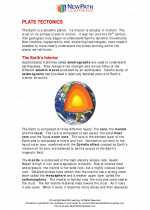 Plate tectonics
Plate tectonics  Activity Lesson
Activity Lesson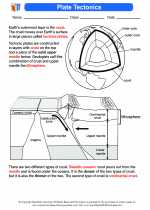 Plate Tectonics
Plate Tectonics  Worksheet/Answer key
Worksheet/Answer key Plate tectonics
Plate tectonics  Worksheet/Answer key
Worksheet/Answer key Plate tectonics
Plate tectonics  Worksheet/Answer key
Worksheet/Answer key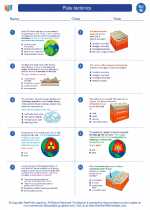 Plate tectonics
Plate tectonics  Worksheet/Answer key
Worksheet/Answer key Plate tectonics
Plate tectonics  Vocabulary/Answer key
Vocabulary/Answer key Plate tectonics
Plate tectonics  Vocabulary/Answer key
Vocabulary/Answer key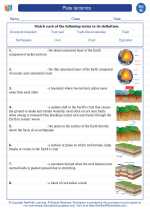 Plate tectonics
Plate tectonics  Vocabulary/Answer key
Vocabulary/Answer key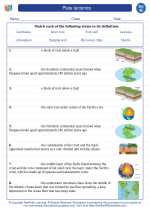 Plate tectonics
Plate tectonics  Vocabulary/Answer key
Vocabulary/Answer key Plate tectonics
Plate tectonics  Vocabulary/Answer key
Vocabulary/Answer key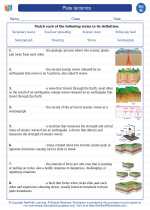 Plate tectonics
Plate tectonics  Vocabulary/Answer key
Vocabulary/Answer key Plate tectonics
Plate tectonics  Vocabulary/Answer key
Vocabulary/Answer key Plate tectonics
Plate tectonics 

 Activity Lesson
Activity Lesson
 Worksheet/Answer key
Worksheet/Answer key
 Worksheet/Answer key
Worksheet/Answer key
 Worksheet/Answer key
Worksheet/Answer key
 Worksheet/Answer key
Worksheet/Answer key
 Vocabulary/Answer key
Vocabulary/Answer key
 Vocabulary/Answer key
Vocabulary/Answer key
 Vocabulary/Answer key
Vocabulary/Answer key
 Vocabulary/Answer key
Vocabulary/Answer key
 Vocabulary/Answer key
Vocabulary/Answer key
 Vocabulary/Answer key
Vocabulary/Answer key
 Vocabulary/Answer key
Vocabulary/Answer key
